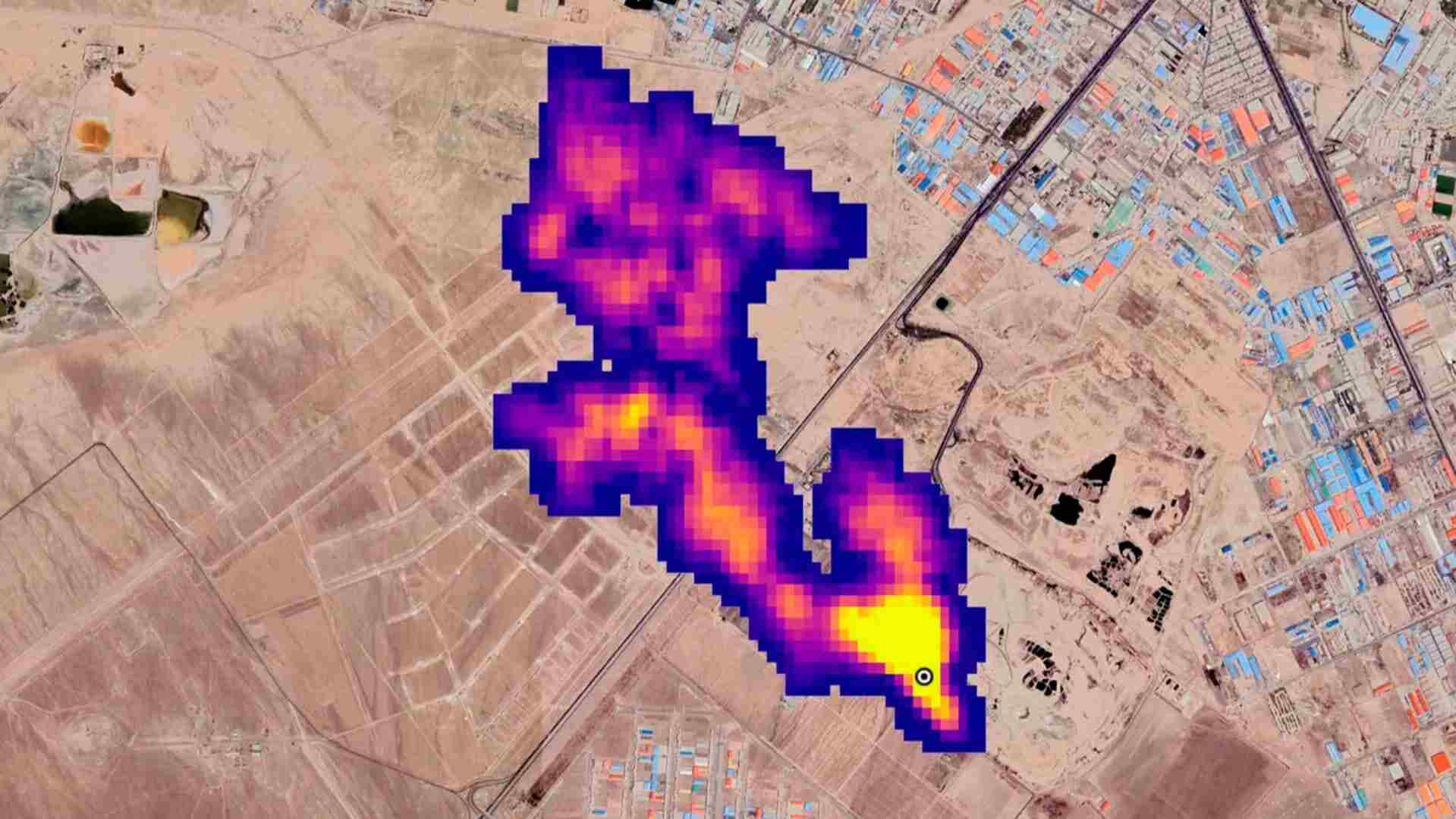- | 8:00 am
5 remarkable health breakthroughs in 2022—and what to watch for in 2023
It was a big year for biotech, writes Juergen Eckhardt, senior vice president of Leaps by Bayer.

A one-time infusion to cure a rare genetic blood disorder. A whole human genome sequenced in just five hours. A child’s incurable cancer sent into remission via gene editing. Just a few years ago, these milestones would have seemed borderline fantastical—the achievements of an era vastly more sophisticated than our own. Yet these are a few of the surprisingly real advances that happened this year, yielding both dramatic gains for patients as well as a glimpse at the new paradigms that lie ahead.
Today, we are at the 10-yard line of a biological revolution, as progress in the life sciences converges with the rapidly advancing capabilities of machine learning, big data, and AI. While it may seem as though some of these breakthroughs are miracles, the truth is that their foundation was laid more than 20 years ago, when the first human genome was sequenced at a cost of more than $3 billion over a period of 13 years. As tech and biotech advanced in lockstep, these fields have combined to unleash powerful medical firsts. Here are five of the most significant ones that happened this year, plus several trends in biomedical research to watch in 2023.
GENE THERAPY
The breakthrough: On November 22, the U.S. Food and Drug Administration approved the first gene therapy of its kind to treat hemophilia B, an inherited disorder that makes people produce insufficient amounts of a protein called Factor IX that is required for blood clotting. Standard treatments involve regular and time-consuming infusions of Factor IX, but many patients still suffer from uncontrolled bleeding that can be life-threatening. The new gene therapy, developed by pharma company CSL Behring, uses a modified virus like a Trojan Horse to deliver a copy of the Factor IX gene to liver cells, so that the patient’s own body begins to produce the needed protein. So far, clinical trial data indicate that a single infusion can protect patients from episodes of uncontrolled bleeding for at least eight years.
What’s Next: A new era of possibilities for treating rare genetic diseases, with precision-targeted delivery of a variety of genetic cargoes to organs and cells beyond the liver. Newer approaches will go beyond the current gene therapies that use viral vectors, which have limitations, notably that patients can mount an immune reaction to the modified virus, so they can only be dosed one time. Meanwhile, most current non-viral delivery methods can usually only reach the liver. Now, companies like ReCode are working on creating precision genetic medicines with new delivery methods based on proprietary lipid nanoparticles that can send corrective genes to organs like the lungs, spleen, and even the central nervous system. ReCode, which received funding from my team at Leaps, plans on starting a safety trial in patients primary ciliary dyskinesia (PCD) and cystic fibrosis (CF) next year.
GENOME SEQUENCING
The breakthrough: The arrival of ultra-rapid whole genome sequencing, with the first examples of patients who arrived sick at the hospital and received a genetic diagnosis of a rare disease within just 5 to 8 hours. In related news, 2022 marked the first time that a whole human genome was sequenced for $100.
What’s Next: While I don’t expect to see the medical community immediately adopt routine whole genome sequencing for healthy individuals just yet, I do anticipate that cheaper and faster sequencing will help more patients find a diagnosis, like those in pediatric critical care units and cancer patients whose individual tumor cells can be sequenced to determine the most effective treatment options. I expect we’ll also see more and larger research studies looking to uncover previously unknown genetic drivers of disease.
TRANSPLANTS
The breakthrough: The first transplant patient who received a genetically modified pig heart survived for two months. The historic surgery, conducted at the University of Maryland Medical Center, was the only option for the patient, who had terminal heart failure. An autopsy did not show any signs of rejection of the organ; the medical team believes that his death was caused by his underlying heart disease.
What’s Next: The field of xenotransplantation—transplanting animal organs into humans—is starting to discover how to make such transplants safe. Much more research is still required, but I predict that 2023 will see real strides using gene-editing technologies to modify porcine kidneys and hearts for patients in need; close to 100,000 people in the U.S. alone are on waiting lists for these organs.
CANCER IMMUNOTHERAPY
The breakthrough: In 2022, researchers reported that two of the first cancer patients who were treated with CAR-T therapy for leukemia survived past the 10-year mark, a significant milestone showing the promise of modifying immune cells for cancer treatment. To create the therapy, T cells are taken from the patient’s blood and engineered in a lab to gain a gene for a receptor that will attach to cancer cells. Then, these souped-up T cells are infused back into the patient to seek out and destroy their cancer, like roving assassins. So far, however, such therapies have only worked for certain blood malignancies.
What’s Next: 2023 will see the continued evolution of cancer immunotherapy with new approaches that aim to tackle common mutations in solid tumors, where current treatments lack durability and efficacy. Another promising approach uses mRNA to deliver gene-editing machinery directly inside the patient’s body, no longer requiring their cells to be removed, engineered in a lab, and then infused again. Leaps portfolio companies Affini-T and Capstan Therapeutics are working on these avenues, respectively. Others across the industry, like Allogene and Fate Therapeutics, are working on creating “off-the-shelf” cell therapies that can be used conveniently for multiple patients, unlike today’s CAR-T therapies that are patient-specific, costly, and intensive to manufacture. So far, such therapies have fallen short of expectations, but the road to progress is rarely smooth.
BASE EDITING
The breakthrough: Earlier this month, doctors in the U.K. reported a world-first success in using a type of genetic modification called base editing to clear a 13-year-old girl’s incurable leukemia. Base editing was invented only six years ago at the Broad Institute of MIT and Harvard. The technique allows scientists to precisely change the molecular structure of just one “letter,” or base, of DNA. (For reference, your whole genome contains about 3 billion bases!) In this case, scientists modified T cells from healthy donors to instruct the cells to hunt down the patient’s cancerous T cells. In May, she became the first patient treated with this technology as part of a clinical trial, and her doctors now say there is no detectable cancer in her body.
What’s next: Base editing represents the potential for a paradigm shift in how we deal with many diseases, especially those caused by a single defective mutation that could be corrected. In 2023, watch for clinical trials in sickle cell anemia, familial high cholesterol, and the blood disorder beta thalassemia.
This year was one for the history books as the biotech revolution offered us some of the first glances of an astonishing new era in medicine—one in which we are beginning to rewrite the code of life to treat and cure disease. I am optimistic that next year we will build on these early successes with approaches that I hope will eventually translate into a new and better standard of care for all.





































